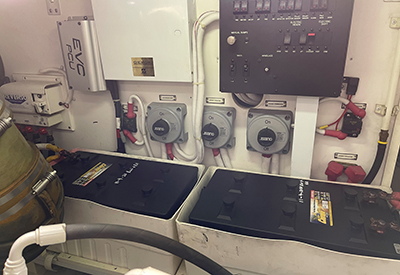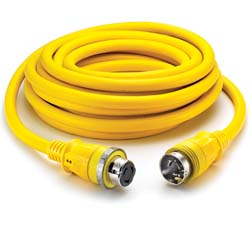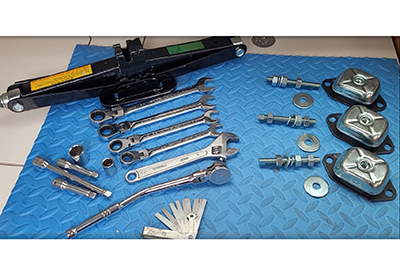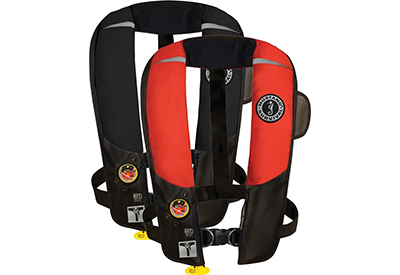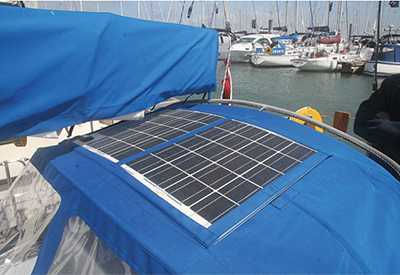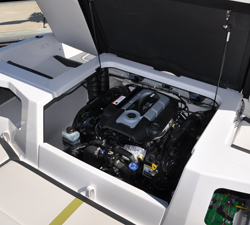Spring Cleaning the Green Way
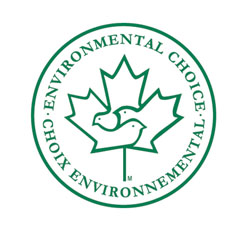
Ahhh… The snows have melted (mostly) and spring is in the air. That means it’s time to think about commissioning and getting our boats ready for another summer on the water. Not surprisingly most of us have a bit of work to do on our boats so now is the perfect opportunity to look at cleaning up our act, so to speak.
With interest in all things environmental sweeping the globe, it’s worth thinking about how we can get our boats ready to go and do our part to keep our waters, and ourselves, healthy. After a long winter with not much activity for many of our vessels, the grime and mould may have taken hold, our engines will need some attention and our systems will need checking. Depending on where we keep our boat and how much we’ve used it over the winter, the amount and type of work will vary – but it’s all doable, in a green way.
It’s a Wrap
If you’ve used shrink-wrap to protect your treasure from the harshness of a Canadian winter, make sure you recycle that plastic film when you take it off. In Ontario, there are several active recycling programs available. Ask at your marina or contact the Ontario Marine Operators Association (OMOA).
In other regions, there are a variety of options to avoid sending the used plastic to the landfill, including local recycling opportunities. Ask at your local marina. One other possibility in rural areas is to join with the local farmers groups who use shrink-wrap on hay and other products and often have a recycling program.
Slime and Grime
When you go to attack the slime and grime that may have built up over the winter, have a close look at the products available. Whatever we use generally contributes to our grey water discharges, whether into the water or on land. Although it may seem harmless, grey water can pose a threat to the marine and aquatic environments. That is because it can contain toxins like phosphates, chlorine, inorganic salts, and metals, and during vessel operation includes soaps and detergents from boat showers, dishwashing, and laundry facilities. It’s also made up of the water and products we use to wash and clean our boats.
Some products use the term “biodegradable” which can be deceiving just like the term ”recyclable”. Being biodegradable just means that the product will breakdown into its individual components over time and return to nature. The trick is how long will it take, how environmentally harmful is the process and the end products. Sometimes what the product breaks down into is worse than the initial products! This information is not normally readily available so it is buyer (and marine and aquatic ecosystems) beware!
These products, even those labeled “biodegradable,” can contain substances that are harmful to marine and aquatic life in a variety of ways and all have safe alternatives. You can mix some alternatives yourself from readily available natural ingredients such as vinegar, baking soda, lemon juice and olive oil. The recipes for the different jobs can be found in Georgia Strait Alliance’s Guide to Green Boating, which can be downloaded free of charge from the website below. You will find safe alternatives for a variety of cleaning jobs from your bilge, to the deck and upholstery.
For those who don’t want to mix their own concoctions, there are a number of commercially available products to do the job with reduced environmental harm.
The biggest trick to identifying which ones to use is to look for the term “Non Toxic” and even better, that it has been acknowledged as safe under the TerraChoice EcoLogo program.
Environment Canada’s EcoLogoM Program provides consumers with a level of assurance that the product bearing the EcoLogoM, meets stringent environmental criteria. The mark also tells the consumer that a credible third party has audited the manufacturer of the product. Started by the Government of Canada in 1988, the EcoLogoM Program is one of many ecolabelling programs around the world rewarding products and services for their environmental leadership. To date, over 3,000 products and services have attained certification with the program.
Look for the distinctive 3 doves in a maple leaf design that identifies the products as meeting the Environment Canada criteria. Standards do change as well, and products gain or loose certification. Check the label for the logo each time.
What Does “Clean” Really Mean?
Another way to reduce the potential harm cleaning products is to look even further than what we use to how much we use. Often the recommended amounts of product to use are excessive and a much smaller amount will do the job just fine. For example, for many people only one wash with hair shampoo is necessary and the term ”repeat” can be ignored especially if you are using “soft” water. . It also worth noting that all surfactants (the ingredients that make the bubbles) can harm fish and other marine life no matter what their source, so only using what is necessary is critical.
Another question to ask ourselves is how often and how well does the job need to be done. Cleaning product advertisers have managed to perpetuate a myth that bright, white and totally sanitized is always best, therefore we have to clean things regularly whether they need it or not. When it comes to cleaning our little ships, it’s worth asking the question “What does clean really mean?” Do I want just a clean boat or clean and healthy waters too?
Baby Your Bottom
For those of us who keep our boats in the water year round, spring might mean we’re thinking about a haul-out and some bottom work, even if it’s just to give it a clean. If you’ve been using an ablative copper paint, it’s worth considering changing to a hard paint. That way, excess biocides will not be introduced into the water unnecessarily and you will be able to give it a light scrub mid-season without a plume of red, blue or black paint surrounding your boat.
It’s possible that you may be one of those boat owners who are lucky enough to be able to consider an alternative to toxic copper paint. There are a number of these products available but they only work in certain situations. Some work for vessels operating at high speed, some for those in the water for relatively short periods of time and some that can work year round. One new product, currently available in the United States, is called e-Paint and is based on hydrogen peroxides. Reports on this product are promising and we hope it will be available in Canada soon. For some other options you can ask at your local marine supply store or look at the Georgia Strait Alliance website. In Ontario and Quebec, and most recently launched in British Columbia by Georgia Strait Alliance, the “Clean Marine” programs can give lots of guidance and access to certified facilities if you need them.
Whether you moor your boat in fresh or saltwater, keep it in a dry land facility or on a trailer at home, use environmentally friendly practices and products to do all your spring-cleaning and maintenance work. That way we’ll keep the waters we all appreciate so much in tip-top shape.
By Mike Richards
About the Author: Mike Richards is a long time recreational boater with stints in the Royal Australian Navy and as a professional fisherman. He is a Program Coordinator with the Georgia Strait Alliance who won this year’s CASBA award for “Safeguarding the Environment”. Mike is also the recipient of this year’s National Environment Award presented at the Toronto Spring Thaw Luncheon. He and his family spend the summers living on their beloved 36′ classic ketch.

